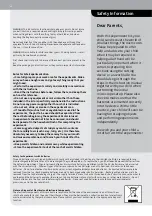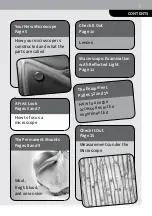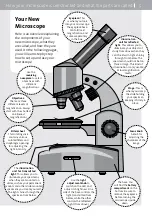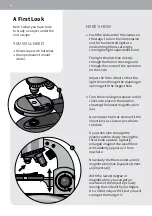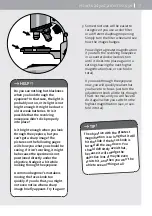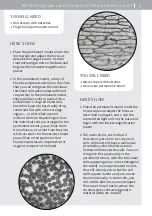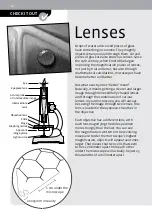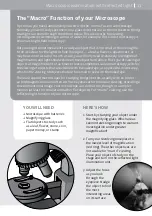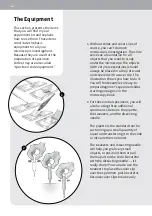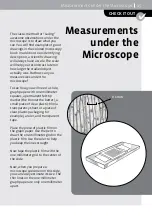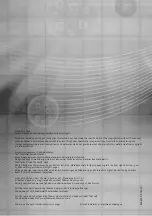
YOU WILL NEED
+ Microscope with batteries
+ Magnifying glass
+ Flat objects to study such
as a leaf, flower, stone, coin,
paper money, or stamp
The “Macro” Function of your Microscope
Up to now, you have familiarized yourself with the “normal” use of a microscope.
Normally, you will study specimens on a glass slide that are so thin (or sliced so thinly)
that light can shine through them from below. This also works for viewing
microorganisms swimming in a drop of water, for example. This kind of microscopy is
known as bright-field microscopy.
But you might sometimes want to study an object that is not small or thin enough to
fit on a slide or for the light to shine through it — a leaf, a flower, a dead insect, or
maybe a coin or a stamp. In such a case, you will only need a relatively low degree of
magnification and light should shine on the object from above. This type of viewing of
objects at magnifications of 40 times or less is sometimes called macroscopy, which is
the viewing of objects that are visible with the naked eye, as opposed to microscopy,
which is the viewing of objects that are too small to see with the naked eye.
There are special macroscopes for studying things like this, usually with 20-fold or
40-fold magnification and often with two eyepieces for binocular viewing, providing a
three-dimensional image. Your microscope can do that too, though, in a simpler
manner (at least for smaller and rather flat objects). For “macro” viewing, use the
reflected light function of your microscope.
HERE’S HOW
1. Start by studying your object under
the magnifying glass. Which areas
seem interesting enough to warrant
investigation under greater
magnification?
2. Turn your revolving nosepiece to
the lowest level of magnification
(red ring). The other objectives are
not usable for “macro” viewing.
Place your object of study on the
stage and turn on the reflected light
illumination unit.
3. Adjust the focus
as you look
through the
eyepiece. Nudge
the object to find
the most
interesting areas
on its surface.
Macroscopic examination with reflected light
11


